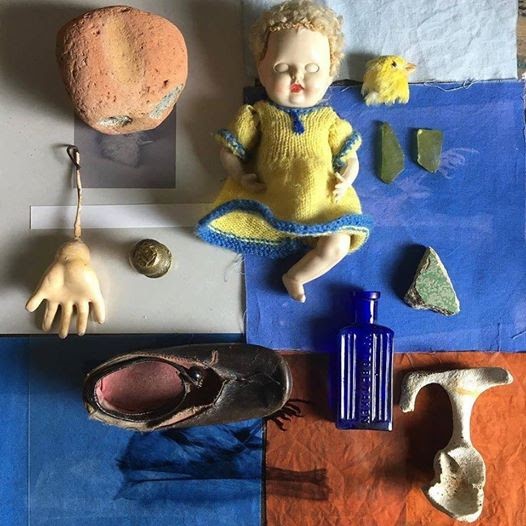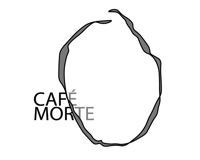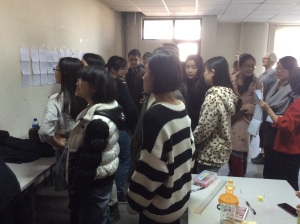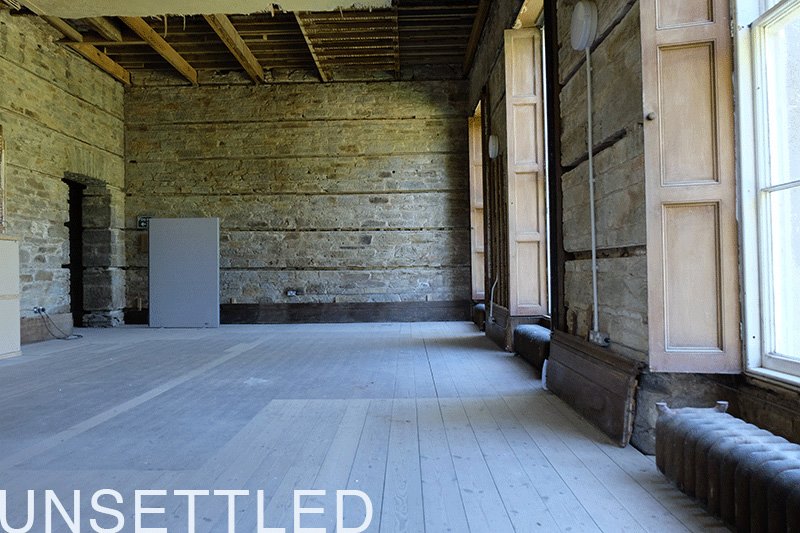Students from BA(Hons) Fine Art, BA(Hons) Architecture and BA(Hons) Creative Writing came together for a 1 day collaborative project at Kestle Barton, a rural centre for contemporary art on Frenchman’s Creek in Cornwall.
 Students explored themes of utopia and dystopia in the current show Kestle Barton exhibition, Togetherness: Notes on Outrage. Curator Ben James opened up questions for debate relating to a post industrial landscape; students discussed the themes in small groups before setting out into the landscape of Kestle Barton and its beautiful gardens to make artworks in response to place.
Students explored themes of utopia and dystopia in the current show Kestle Barton exhibition, Togetherness: Notes on Outrage. Curator Ben James opened up questions for debate relating to a post industrial landscape; students discussed the themes in small groups before setting out into the landscape of Kestle Barton and its beautiful gardens to make artworks in response to place.
Students took a documentary approach, walking though the landscape gathering a sense of the environment, generating fiction and narrative about Kestle Barton. In small, mixed discipline teams, recording the soundscape of place with high-tech sound equipment that picked up frequencies within the earth, students walked, talked, made drawings, collected sound and film footage which informed their discussions about their relationship to place and site. BA(Hons) Fine Art Senior Lecturer Lucy Willow, said ‘The warm autumn day provided the perfect opportunity for students to explore the possibilities of working off campus, away from the studio, with students from different creative subjects, finding common ground within their practice’.
BA(Hons) Fine Art student Alex Maclachlan shared some thoughts about the day…
 ‘Kestle Barton was a very refreshing experience for me, and I am very grateful to have gone. The idea that we would be exploring the theme of Utopia/Dystopia throughout is what drew my initial interest in the trip and yet the day turned out to have many more advantages than just aiding me in my current practice. For some time I’ve been eager to partner up with students on other courses at Falmouth, and [this study visit] extended me the opportunity to do just that…By the end of the day, some really interesting collaborative work had been produced among creative writers, architects and fine artists. We were exceedingly lucky with the weather, and the gentle conversation among students, tutors and Kestle Barton staff was all the more effortless because of it. We talked as we walked about the gardens in the sun, enjoyed the homemade lunch provided, all on top of the time dedicated to serious discussion…it was lovely to indulge in casual debate away from the elevated pressure you might find on campus or perhaps the more serious atmosphere you may find in the studio. This was an experience that I would happily participate in again’.
‘Kestle Barton was a very refreshing experience for me, and I am very grateful to have gone. The idea that we would be exploring the theme of Utopia/Dystopia throughout is what drew my initial interest in the trip and yet the day turned out to have many more advantages than just aiding me in my current practice. For some time I’ve been eager to partner up with students on other courses at Falmouth, and [this study visit] extended me the opportunity to do just that…By the end of the day, some really interesting collaborative work had been produced among creative writers, architects and fine artists. We were exceedingly lucky with the weather, and the gentle conversation among students, tutors and Kestle Barton staff was all the more effortless because of it. We talked as we walked about the gardens in the sun, enjoyed the homemade lunch provided, all on top of the time dedicated to serious discussion…it was lovely to indulge in casual debate away from the elevated pressure you might find on campus or perhaps the more serious atmosphere you may find in the studio. This was an experience that I would happily participate in again’.
 On at Kestle Barton until 4 November 2017, Togetherness: Notes on Outrage celebrates the pioneering work of the architecture critic Ian Nairn, whose 1955 edition of Architectural Review, entitled Outrage, revolutionised architectural criticism. For Outrage, Nairn traveled across England observing and documenting the urban sprawl and ubiquitous civic architecture. Broken into 25-mile segments, Outrage proposes an audit of every facet of subtopian aesthetics, covering subjects ranging from wire fencing, telegraph poles and street lights, to military installations and power stations, culminating in a manifesto and checklist of planning malpractices.
On at Kestle Barton until 4 November 2017, Togetherness: Notes on Outrage celebrates the pioneering work of the architecture critic Ian Nairn, whose 1955 edition of Architectural Review, entitled Outrage, revolutionised architectural criticism. For Outrage, Nairn traveled across England observing and documenting the urban sprawl and ubiquitous civic architecture. Broken into 25-mile segments, Outrage proposes an audit of every facet of subtopian aesthetics, covering subjects ranging from wire fencing, telegraph poles and street lights, to military installations and power stations, culminating in a manifesto and checklist of planning malpractices.
































